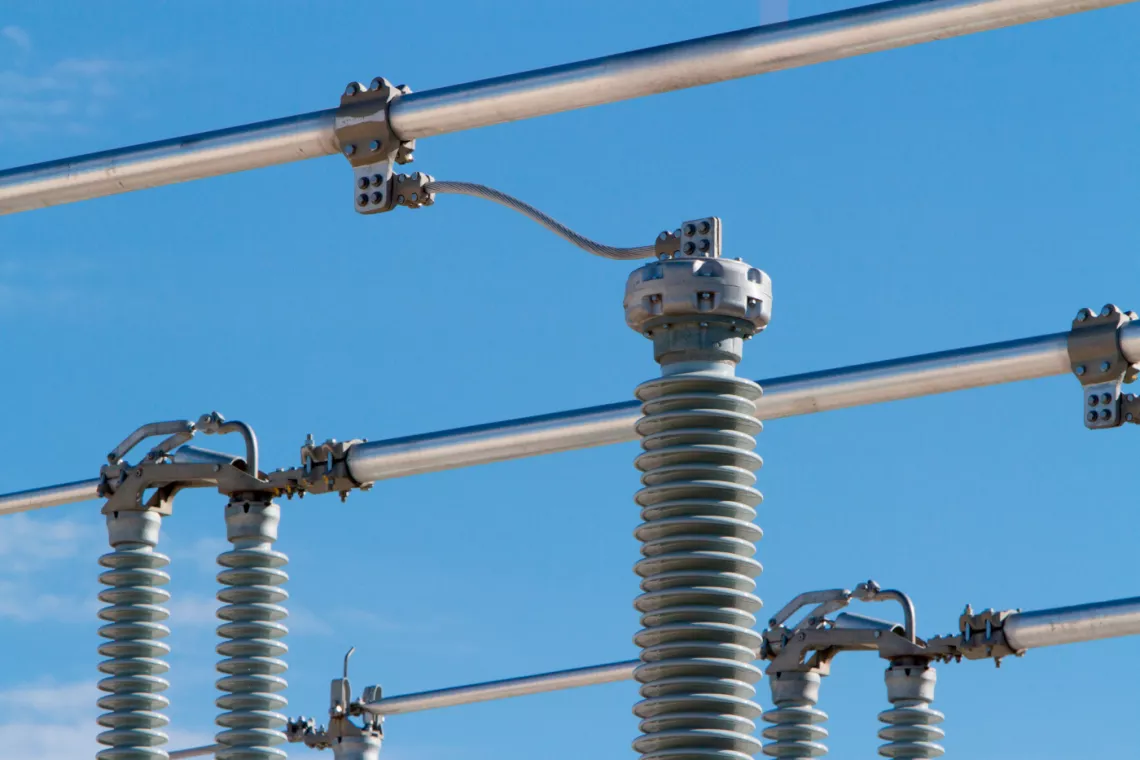
Al Braden - Sierra Club
by Joseph Siry
Under proposals now being considered by the California Public Utilities Commission [CPUC] a new system of billing for electrical power use is being discussed. The proposals came from investor-owned utilities, consumer protection groups, solar energy industry associations, and clean air advocates to deal with the electrification costs for the state’s utility providers. Here, the term electrification means that more customers will switch from other fuels to electricity for cooking and heating. Eventually, future customers will also charge their electric vehicles at home, rather than gas-up at the filling station. The big question is who will pay for this transition to “all-electric” facilities? Because the transition requires both preventive maintenance and the expansion of existing power-delivery systems ––i.e., “the grid”–– the state’s utilities are proposing changes to the existing pricing system of electric utility use.
Electricity became a necessity in the 1920s when various local, state and federal programs were created to bring urban aa cleaner, more convenient means to produce light, pump water, refrigerate food, and ventilate homes, workplaces and public buildings to urban and rural residents alike. A century later California has pressured the investor-owned utilities in California to provide even more electricity for our transportation needs. Electric vehicles will mean cleaner air and reduced GHG emissions from petroleum consumption. Reliance on electricity will gradually become far more widespread throughout the state.
How public and profit-making utilities will cover the costs of maintaining and expanding service to customers has become a serious challenge to lawmakers and administrative bodies alike. Most electricity customers today are charged for each kilowatt hour used for both the cost of purchasing the electrical current from providers and the means of delivering that current safely to homes, offices, factories, warehouses, and public buildings. Today, the more electricity a customer uses the more they are billed. Higher rates are charged certain times of the day (2PM-7PM) when power demand is at its peak.
This system is due to change if proposals calling for separate billing are adopted. The cost of using electrical current will be separated from the charges for maintaining and expanding the network of delivery structures owned by the utilities. As maintenance costs grow, utilities are proposing to charge customers separately for the upkeep and expansion of the wires, substations, transformers, and utility poles that provide electrical service. These now separate costs would be a “fixed charge.”
The State Legislature hastily adopted a bill [AB-205] that authorized the CPUC and the utilities to come up with a plan to charge customers separately for these “fixed-charges” from the variable rate and time of use charges for power. If pending proposals are adopted, customers will pay a monthly “fixed-charge” no matter how much or how little power they consume. The legislation also calls for providing lower-income customers with a more affordable rate system than now exists. Together, these two expressed goals have led to controversy.
Resulting uncertainties and arguments have already had an impact on climate friendly residential alternatives to purchasing power from utility companies. Decline in the demand for residential photovoltaic (solar) installations is now way down. Proponents of the new rules have argued that residential solar power users are not paying their “fair share” to maintain and extend the existing electrical grid. Because PV systems reduce peak demand, climate-friendly energy advocates counter that residential solar power remains an efficient and affordable means to generate electricity more cleanly than natural gas-burning power plants.
Southern California Edison, our investor-owned utility provider in most of Orange County, has proposed three different monthly rates in their public presentations showing high, medium, and low figures for fixed-charge billing to customers. The utility supports the high rate of $41 per month. Environmental, consumer, and public interest NGOs prefer a lower rate of $23.50, and the Solar Energy Industries Association [SEAI] has proposed the lowest rate of $7.00.
The CPUC needs to hear from you about ways to make electrical use affordable and whether separate charges for kilowatt hours as opposed to charges for maintaining and expanding the grid makes economic sense to you as a consumer. The Legislature needs to hear from you because twenty-two State Assembly members have joined with Jacqui Irwin (D. Thousand Oaks) to repeal the bill (AB-205) that has mandated the proposals now being considered by the CPUC. The bigger question of how we transition to a future where electricity is generated in a cleaner, efficient, and climate friendly manner is tied to these significant debates over the means of fairly paying for power generation.